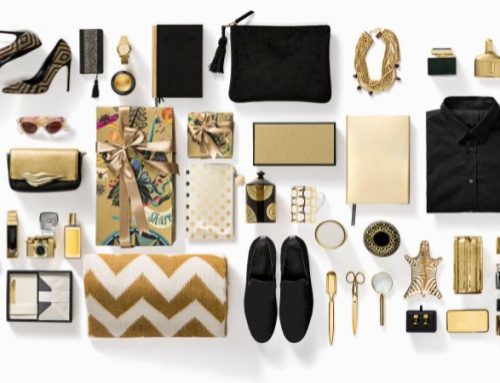The preparation
Achieving standout in a competitive market is a long, often difficult journey for luxury service providers; how to differentiate, how to connect with customers in a meaningful way, and how to ensure positive customer experience are three key areas. But with a map in hand, the direction to take becomes clear with arrival at destination and the first customers following behind. In our first of a three part series of marketing guides for luxury service providers, any firm for whom the experience rather than the tangible product is the main offering, we look at the foundations for optimal differentiation, guest connection and customer experience.
In many instances, particularly when booked for leisure, luxury services are high involvement decisions which the customer invests more in emotionally, financially and mentally. Some services are pure services with very little tangibility, high end financial advice delivered virtually for example, but in luxury most services will have some tangible aspect. Luxury travel will take a passenger from A to B with the requisite luxurious service along the way, and the tangible will come in the form of the surroundings, the beautiful interior of the train, jet or car, luxury hospitality tells a similar story.
Considered Decisions
Luxury service purchases are often more considered decisions, requiring evaluation of alternatives, and information search from trusted sources before purchase is undertaken. High involvement decisions differ from the many low involvement choices that we make on a daily basis, and what constitutes high or low involvement can change too. For example, a customer may make many business trips and book travel with very low involvement, but become rather more involved in the process when booking travel for a short break with family- in their eyes, the risk has increased.
In addition to the time and financial risk in luxury service is the added dimension of emotional risk. Leisure time brings opportunities for the creation of valuable memories, the potential customer feels a pressure to choose correctly triggering the extensive search and evaluation. Furthermore, the choice of service provider allows the guest to express their sense of self and identity and fulfils ego needs as they share their experience with others, so as they search, they ask “what will this choice say about me?” Numerous consumer psychology studies point to the close pairing of involvement to emotional attachment, this makes sense; as memories are created with the luxury service provider, emotional bonds are formed which are long-lasting. These emotional bonds often form the basis of future interactions with the brand; a romantic anniversary experience at a hotel, taking the family on their first luxury train trip, a birthday celebrated in a restaurant.
An Emotional Process
We can see that the decision making process for customers in luxury services is often a protracted, involved and emotional process, and this is something that providers must understand when looking at their position in the market. The first step comes in the creation of a meaningful identity that enables potential customers to ascertain whether the brand aligns with their individual sense of self, always aim for differentiation, and an emotional connection with potential customers. Think about the brand’s story, what makes it unique and special, and develop a voice and narrative that is consistent.
Differentiation strategy comes in many forms, price and distribution for example, but one of the most successful and least imitable is that of differentiation through customer experience, a focus upon every aspect of the customers journey with the provider from search and evaluation to the enquiry phone call, from welcome to goodbye. Luxury customers often see the tangibles as a given, they expect that the price they have paid commands a certain level of luxury in fixtures, fittings and accoutrements, and with a certain standard of luxury provided across the board, differentiation through service is often the only viable path.
Research into competitor strategies is particularly valuable, look at how they differentiate (do they?) and consider current customer research to ascertain current emotional attachments to the brand. With preparation undertaken and ideas beginning to form we are almost ready to set out on our journey, next week we will look at developing the plan, including strategic positioning.
—————————————————————————————————————————
About the author:
Paul Russell is co-founder and director of Luxury Academy London, a multi-national private training company with offices in London, Delhi and Vishakhapatnam. Prior to founding Luxury Academy London, Paul worked in senior leadership roles across Europe, United States, Middle East and Asia. A dynamic trainer and seminar leader, Paul has delivered courses, workshops and seminars worldwide on a wide variety of soft skills.



